Editorials
Next-Gen Terrors: What Can PS5 and Xbox Series X Do For Horror Gaming?

The current generation of horror gaming saw a reboot of sorts, followed by some genuine innovation, both in terms of how they play and what they can be played on. Small, and independent studios set the trends, and did well enough to end up influencing the big names to the point where, at one point, both Resident Evil and Silent Hill looked revitalized (sadly, only one actually was…for now).
The likes of Outlast and Alien Isolation further popularised the burgeoning growth of first-person horror games. Virtual Reality actually immersed you in that, ramping up the dread and terror of even the most tired scares. Then there was the new multiplayer horror boom. Dead By Daylight, Friday the 13th, and more flew because Evolve walked (well…stumbled around a bit after some initial swagger). A new wave of independent developers blossomed on itch.io with retro-style horror games. Horror basically came back hard in gaming in a variety of ways, and that leaves the genre in rude health as we enter a new console generation.
But what can the new consoles do to improve horror games going forward? There’s the obvious power upgrade of course, but both the PS5 and the Xbox Series X have features that could change horror games new and old alike. So here’s a look at what could be vital to the future (and the past) of the genre.
Backward Compatibility

First off is this. No, it’s not exactly the first thing to be considered when buying a new console, but both consoles bring the previous generation with them, often in improved states. In the case of Xbox, it goes back to a large selection of Xbox 360 titles and some original Xbox titles.
This means Microsoft has a very significant catalog of horror games to call upon, and with various improvements possible, they will likely warrant a revisit. So while it’s fine to look forward to enticing new horror games such as Resident Evil: Village, The Medium, and State of Decay 3, there’s the likes of the Dead Space Trilogy, Castlevania: Lords of Shadow, and Left 4 Dead right there if you want them.
The SSD
An SSD as standard in both consoles means faster load times in the short term. This will help make existing horror games start up quicker and cut down on those often lengthy periods between deaths and area transitions, but in future it could make the very design of horror games change into something new. Faster load times means less reliance on scuttling through tight gaps and trudging down long corridors while the game tries to load up the next horrible nasty that’s out to rip your head off.
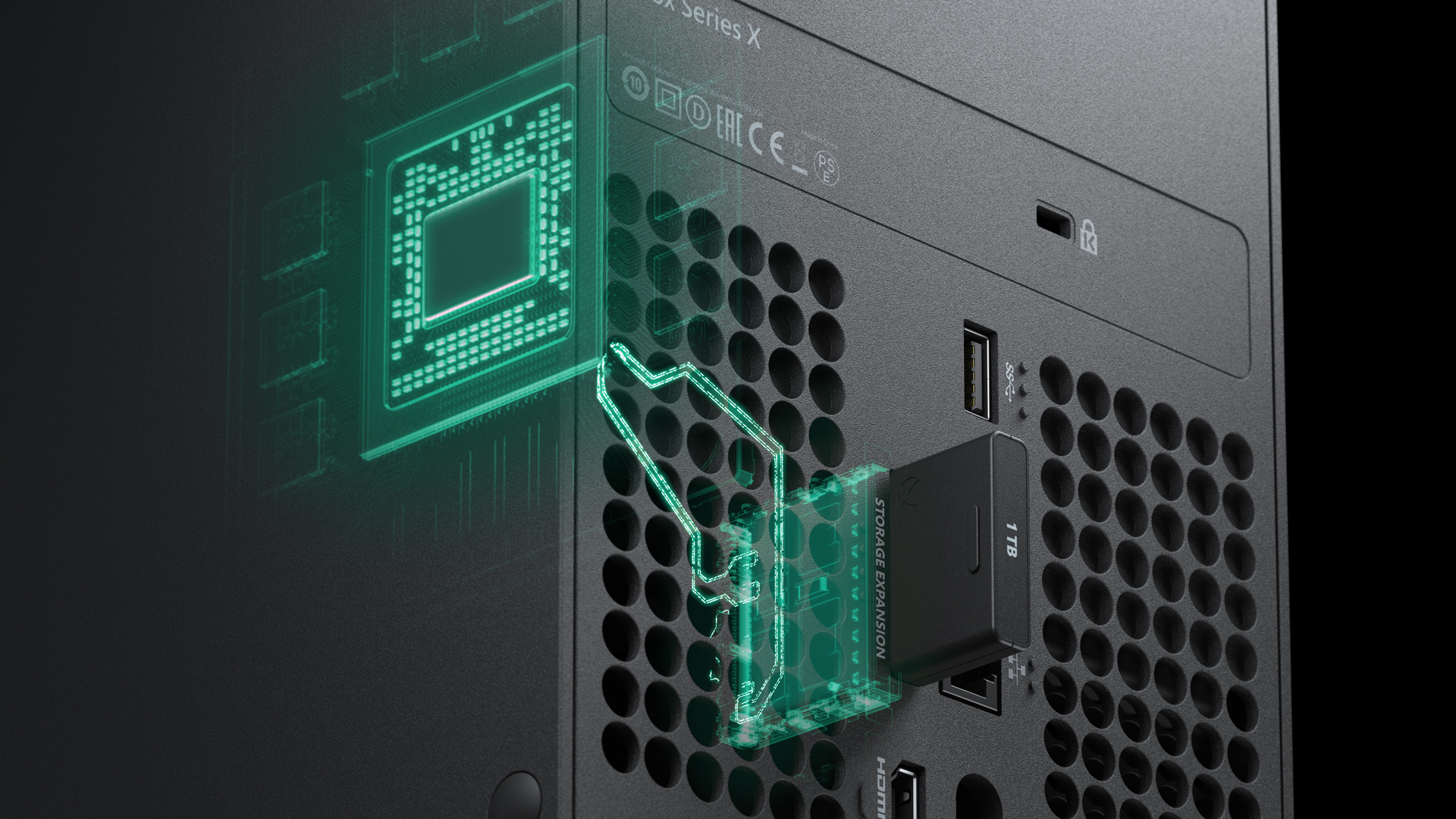
Now, there’s an effective terror to be mined out of these kinds of situations, but it’s often a case of necessity rather than an active choice. Level design could arguably be more ambitious in future, and offer up the opportunity to subvert a few horror gaming tropes in fresh ways. It might take an eager, smaller studio to realize this properly before any juggernaut horror franchise owners catch on, but it would be unlikely that nobody would at least try to utilize the advantages of the SSD in this coming generation.
Ray Tracing and Auto HDR
HDR began being implemented on PS4 and Xbox One, and in the few horror titles that used it, and used it right, it made for an effective change in lights and darks, which are an essential part of what makes many horror games tick. Take Resident Evil 2 Remake. The gloom of the police station set against the flickering fire of a crashed helicopter looks stunning on the right setup, and for the new generation of consoles, HDR could well be boosted by forms of Ray Tracing.
Ray Tracing brings more realistic lighting and reflections, which can improve the look and feel of game worlds. It is still largely a drain on game performance at this stage, but some Frankensteined versions of it are already being implemented into PS5 titles such as Spider-Man Miles Morales and Devil May Cry 5. Devil May Cry 5, in particular, appears to be a dry run for Capcom’s next big game to use Ray Tracing; Resident Evil: Village.
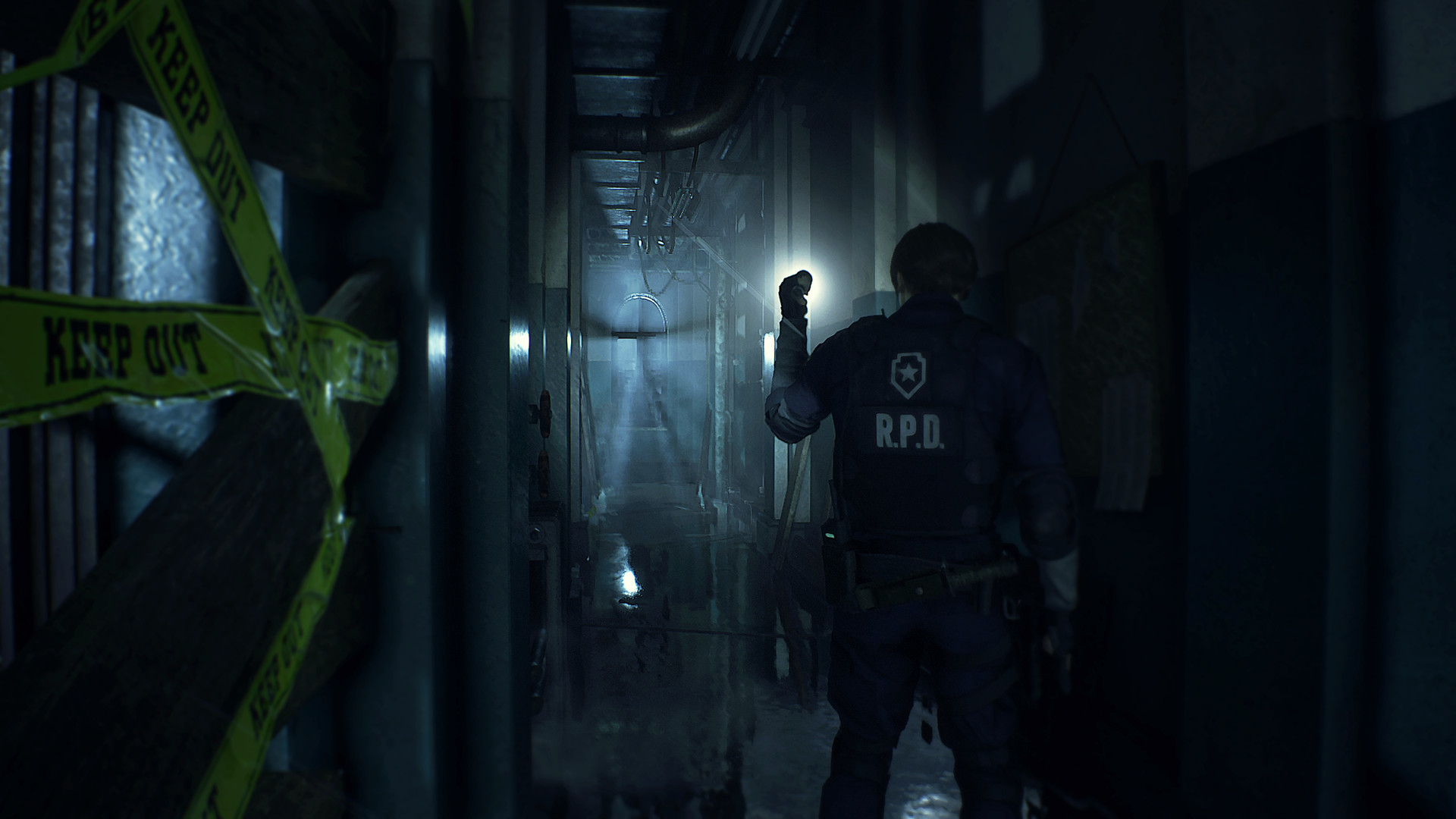
As mentioned above with Resident Evil 2 Remake, the use of HDR alone makes horror games set in dark and gloomy places that bit more atmospheric, but imagine what Ray Tracing could do for it here? Now, instead of suspiciously grimy mirrors you can’t even see your character in, you could now catch a glimpse of a monster in the mirror’s reflection as you gawk at yourself in it. Dynamic lighting from a swinging light source offering fleeting glimpses of a claw or a snarling maw. You know that thing where you’re walking in darkness and a shape kind of looks like it could be something else? That, in theory, could be very easy to replicate with the combination of HDR and Ray Tracing.
The old generation of games isn’t left behind though. Xbox Series X employs an auto-HDR feature that can add HDR to any backward compatible title that doesn’t currently support it, providing it doesn’t cause an issue with the game in question. So there could be another good reason to revisit a few classic horror games on Microsoft’s bulky box.
PS5’s DualSense Controller
While the Xbox Series X controller is a slightly improved version of the previous one, the PS5 DualSense controller messes about with the established style of the DualShock again. This time, it features adaptive triggers and haptic feedback, and both could really add something to the horror game experience.
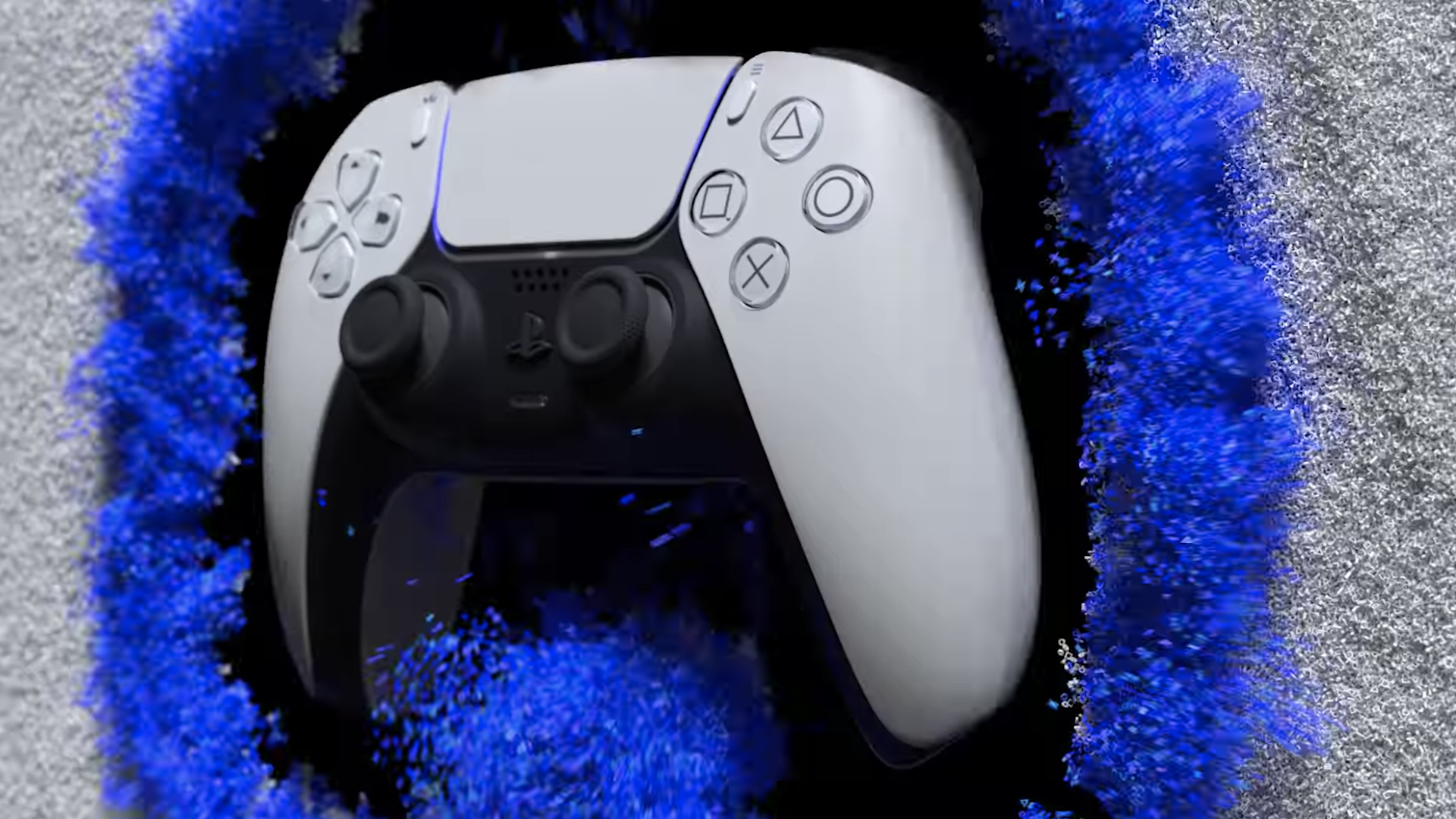
The adaptive triggers can give variable resistance, making the player apply different amounts of pressure for any given situation. In a horror sense, say you were desperately trying to keep a door shut with your hands as a killer slams their body against it repeatedly. The harder the killer pushes the harder you have to push on the trigger to keep them from knocking the door wide open. Or perhaps a noticeable block on pushing down the fire trigger when attempting to shoot a zombie because the gun you picked up is unreliable and has jammed.
Now consider such things in partnership with haptic feedback, where localized jolts of vibration thump against your palms as that killer’s weight impacts the door you’re holding shut. Or you can feel the whack as a new magazine is slotted into that jammed gun. That’s merely an example of what could be possible if handled right and not applied in a gimmicky fashion. The mic on the DualSense pumping out sounds to go with haptic effects sounds like it could also add something to the experience.
3D Audio
If Ray Tracing can make horror games look more effective, and the Dualsense can make interacting with them more immersive, then the PS5’s Tempest 3D audio (which requires a compatible headset) could be the final piece of the puzzle.
A common horror crutch is playing the game of ‘what the fuck was that noise, and where the fuck did it come from?’ and you know what’s worse than playing that game? Having the question answered with dread-inducing clarity.

Sony’s 3D audio tech promises to make it so you can tell exactly where a raindrop has landed by sound alone. So you can imagine how that would translate into a horror game when you hear the shuffle of feet and a moan, but can’t see it because of the pitch-black hallway you’re in. With this, you could know how far up the hallway those sounds are coming from, and probably empty your bowels when a second set of shuffling feet can be heard right…behind…you.
For those who are already jumpy about every little noise in an otherwise quiet room in a horror game, this sounds like it might make you jump that little bit higher.

Editorials
‘The Strangers: Chapter 1’ – Six Things We Learned from the Blu-ray Commentary

Lionsgate’s The Strangers: Chapter 1 launches a reboot trilogy based on the 2008 home invasion film, all three movies shot simultaneously under the direction of Renny Harlin.
To tide you over until Chapter 2, Chapter 1‘s home video release offers an audio commentary from star Madelaine Petsch and producer Courtney Solomon that hints at what’s to come.
Here are six things I learned from The Strangers: Chapter 1 commentary.
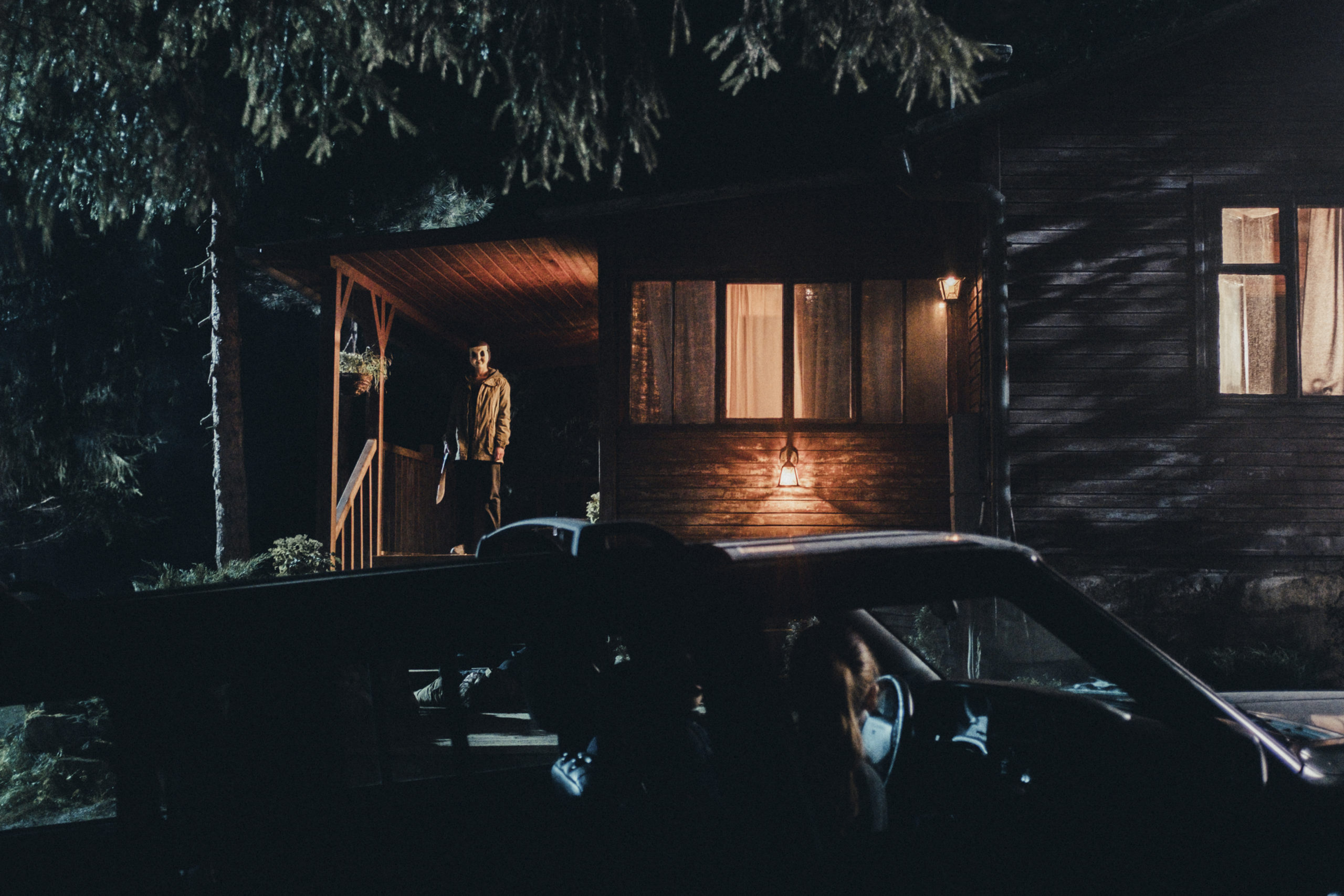
1. The opening music cue was inspired by The Shining.
The film’s opening establishing shot roving over the woods — with Bratislava, Slovakia standing in for the small town of Venus, Oregon — evokes the beginning of Stanley Kubrick’s The Shining, which was also a point of reference for the score.
“When we were scoring this, we looked at The Shining,” says Courtney Solomon, referring to Wendy Carlos’ iconic main title theme. “‘Cause we were looking for how, even though it’s dated, they were in that open, sort of everything environment, musically.”
Justin Caine Burnett (I’ll Always Know What You Did Last Summer, 9-1-1: Lone Star) composed the score.
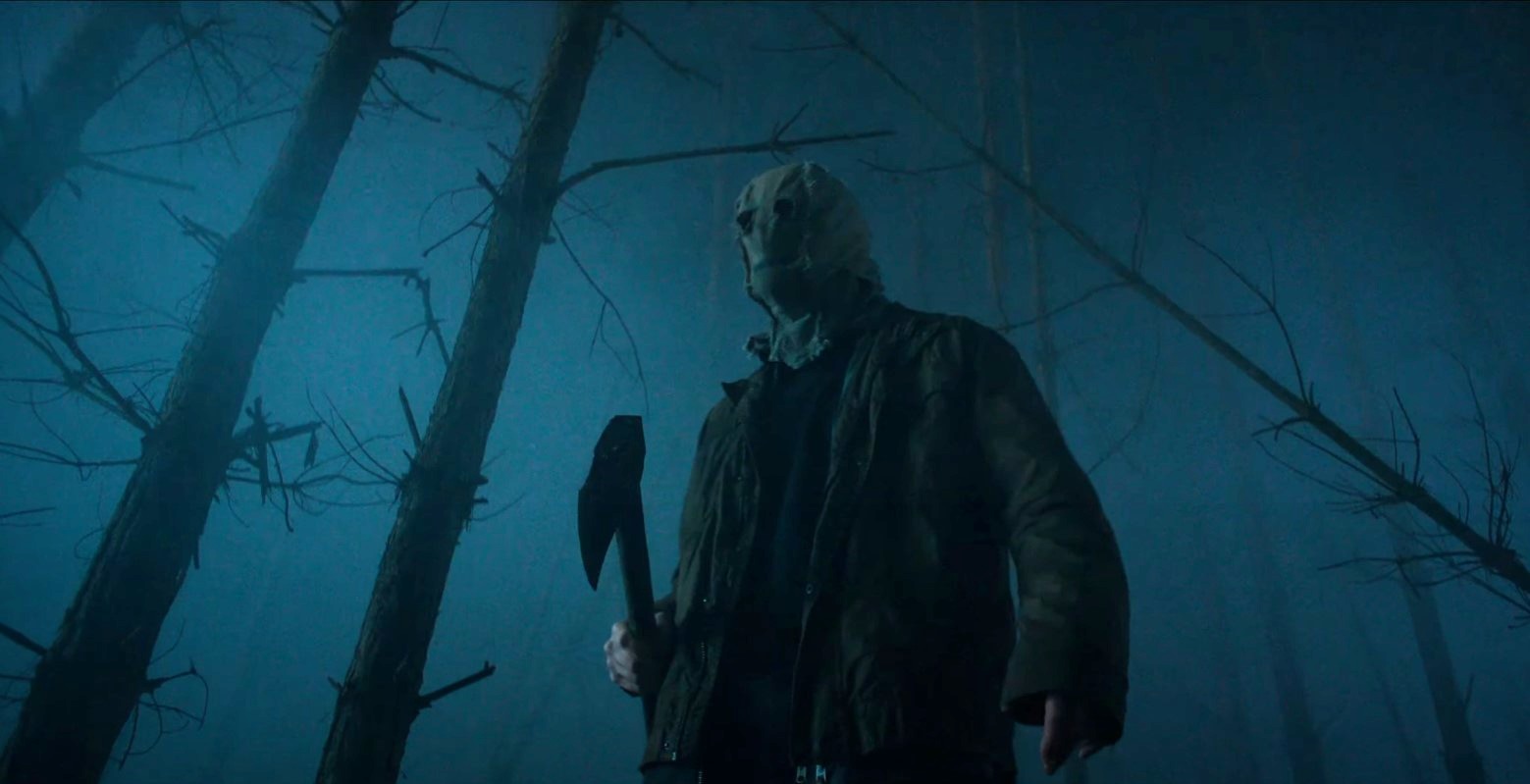
2. The cold open features an important character to the trilogy.
Shot together like one long movie, The Strangers trilogy will take place over a four-day period, with each subsequent entry picking up immediately after its predecessor’s finale.
Chapter 1‘s cold open features actor Ryan Bown — doing his own stunts, as Petsch points out — as a character who will play a bigger role in the coming installments.
“Jeff Morell, we’ll come to find out who this guy is as we go through all three chapters, but we sort of begin here,” Solomon notes.
“He’s a pretty important piece to this puzzle,” teases Petsch. “Some might say the piece.”
They also hint that viewers haven’t seen the last of Rachel Shenton’s Debbie, who Petsch’s Maya talks to on FaceTime, along with many of the townspeople from the diner scene.

3. Petsch was terrified of the project due to her love of the original film.
The shadow of the original Strangers looms large over Chapter 1. Petsch is “such a fan” that she was hesitant about doing a new version:
“I was terrified to touch that property. I think it’s an incredibly perfect horror film. I’ve seen so many horror films, and I feel like it’s one of the only ones that’s truly scared me to my bones, that I still think about all the time. So as we were trying to expound upon that story, with the second and third movies, we had to naturally repel the first story.”
Solomon similarly thinks highly of the original:
“I love the original Strangers. I wasn’t as big a fan of the sequel [2018’s The Strangers: Prey at Night], because it was just another story in a trailer park with the Strangers. I didn’t love that two of the Strangers got killed. That was just me personally; there are people that liked it. I was like, ‘I’d like to do something more interesting.’ In order to do it, to find that balance of retelling what made the first one so great as the basis to be able to launch off and tell the rest of the story.”
Petsch adds, “As we know, at the end of the first one, one of the last shots is Liv [Tyler]’s eyes opening. I’ve always wondered what happens after that.”
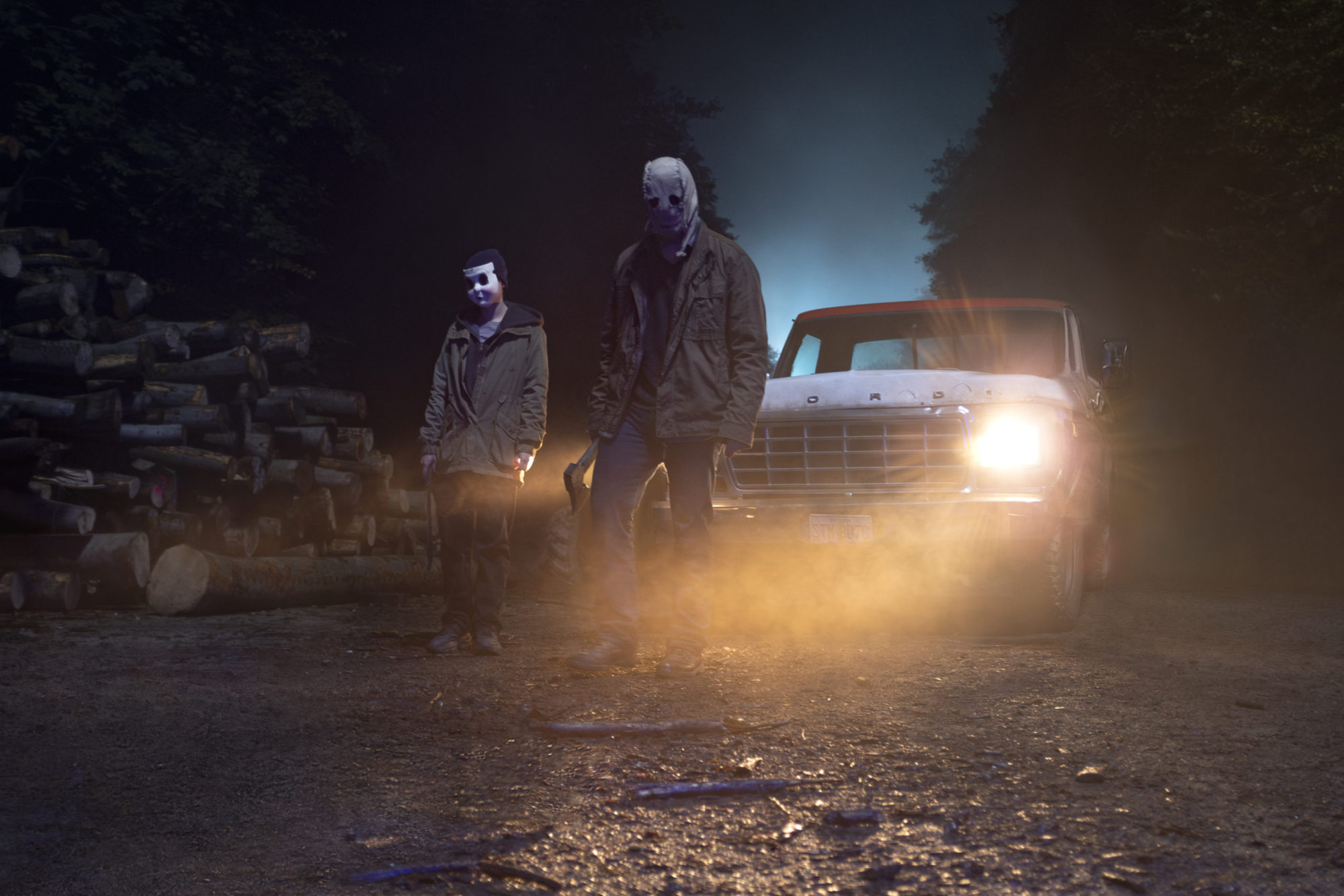
4. The killers’ hair is concealed to hide their identity.
Although the filmmakers opted to keep the look of the titular Strangers true to the original, Dollface and Pin-Up Girl’s hair is now concealed. This was a “purposeful change” to hide their identities, which will presumably be revealed later in the trilogy.
“We had a specific reason for doing it, obviously, because you do end up meeting a bunch of the folk from this small town,” explains Solomon. “You don’t know who’s wearing the mask, so if we had given up the hair that would make that identification a little bit easier.”

5. Petsch conceived the shower scene based on a personal fear.
In addition to starring in all three films, Petsch is an exclusive producer on the trilogy. More than a mere vanity credit, she had creative input throughout the stages of production, including the addition of Chapter 1‘s shower scene.
“This was not in the original script, the shower. Maybe our first week we were talking about what would be the scariest thing for me if I was in a situation like this,” she recalls. “I shared with you that every time I take a shower and I’m at the point where there’s suds of soap in my eyes and I’m shampooing, I’m always sure that’s when the serial killer’s gonna walk in. So we wrote this in, because I think that must be a common experience.”
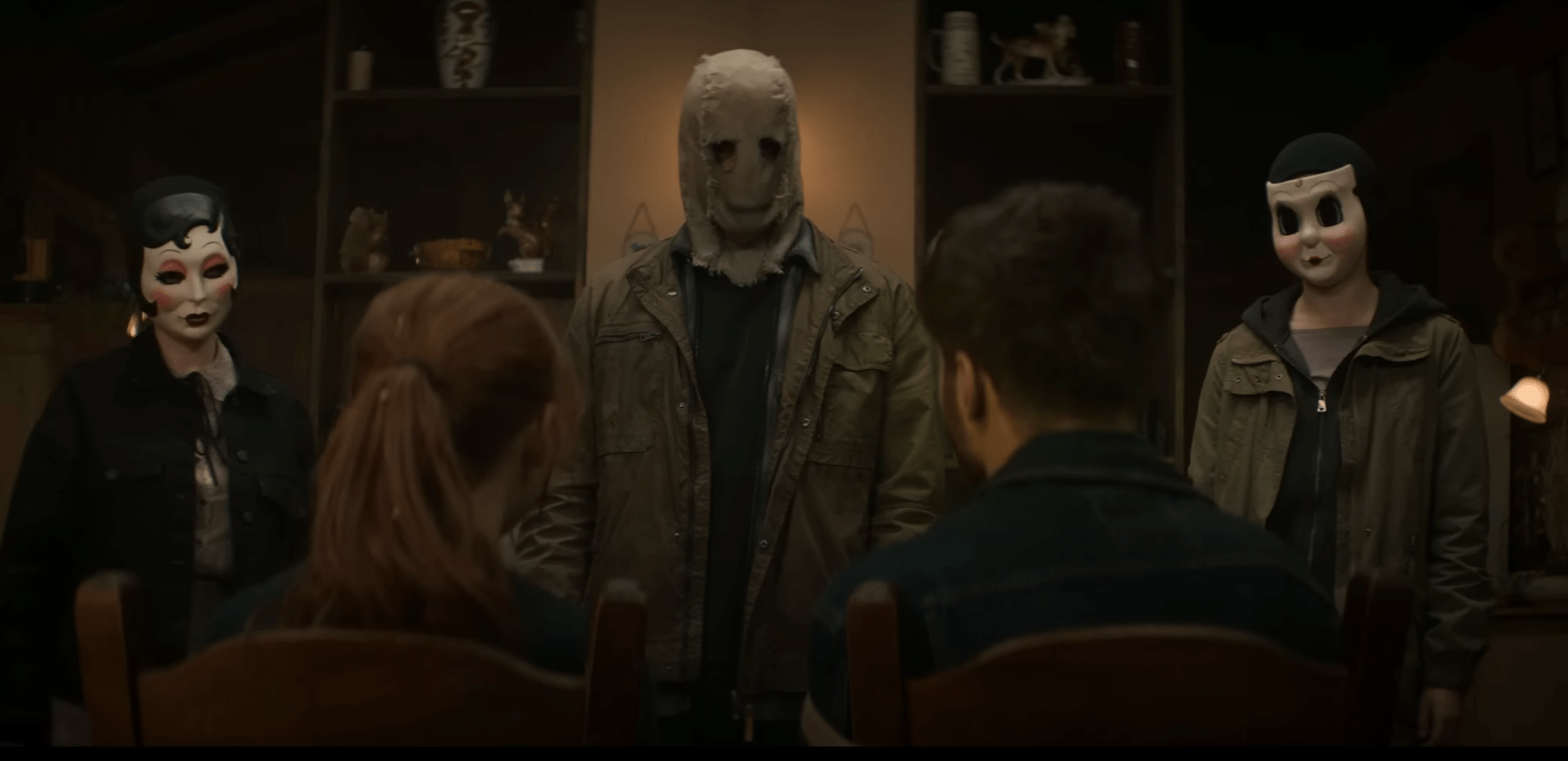
6. Remaking the original film was a conscious decision to kick off the trilogy.
It’s not until the end titles that the pair directly address the thought process behind launching the reboot trilogy with a retread of the original.
“Some people may go and watch this and go, ‘Oh, my god. It was a remake of the original.’ But actually this is just act one of our giant movie! If you watched it as a whole, then you’d be like, ‘Oh, shit. That’s just where it started,” says Solomon. “This is the 90-minute setup of the entire thing.”
Petsch concurs, “Don’t get me wrong. I also feel like the original is so good that it would be crazy to just do a remake of the original, but in order to tell the story that we were trying to tell, you kind of have to go back and do a repurposing of that story with these two new characters.”
“They did the whole first movie, the original, amazing, but that’s the jumping off point. This entire giant movie that’s become three chapters was done with a lot of love,” Solomon concludes.
The Strangers: Chapter 1 is available now on 4K Ultra HD, Blu-ray, DVD, and Digital.
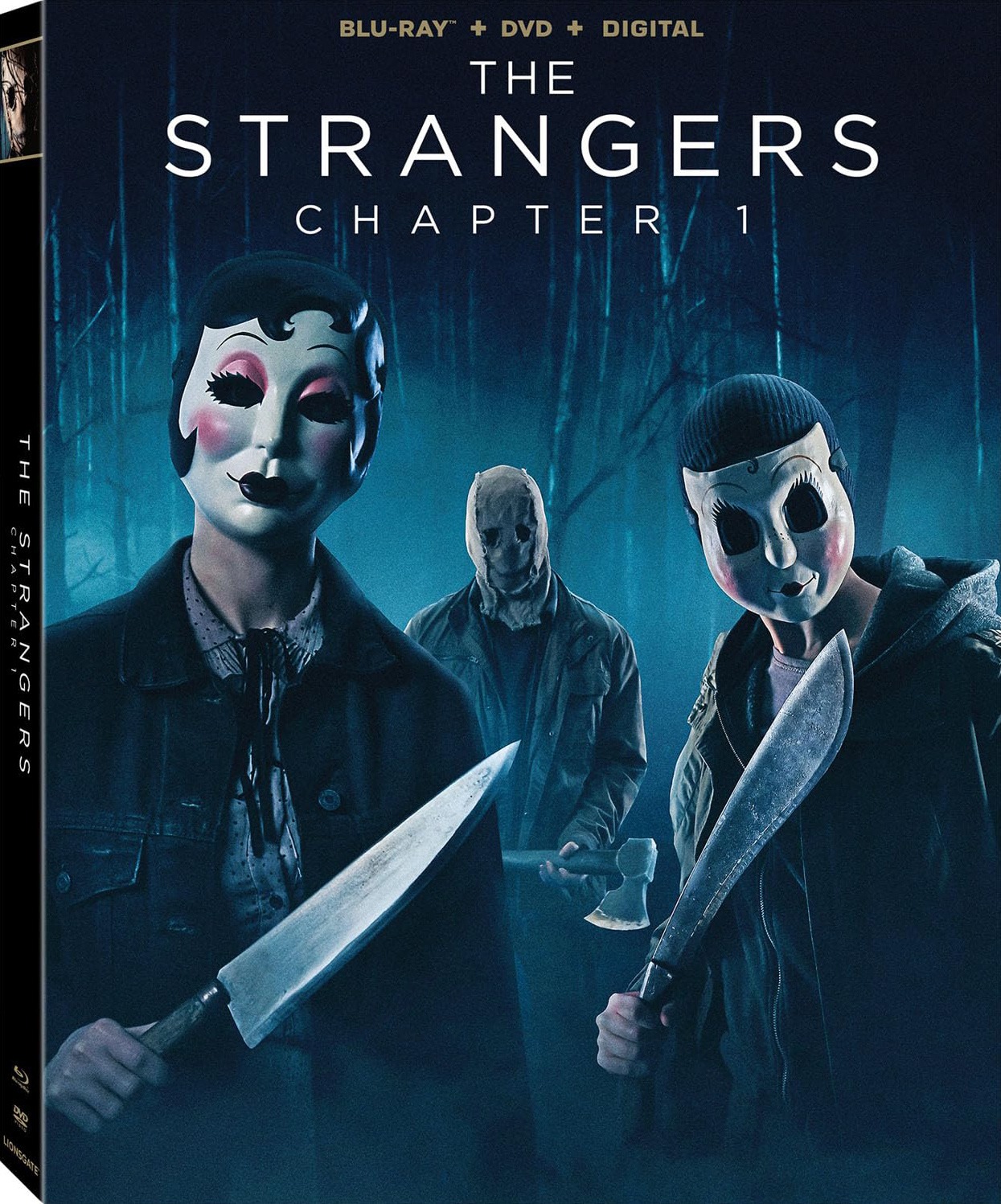
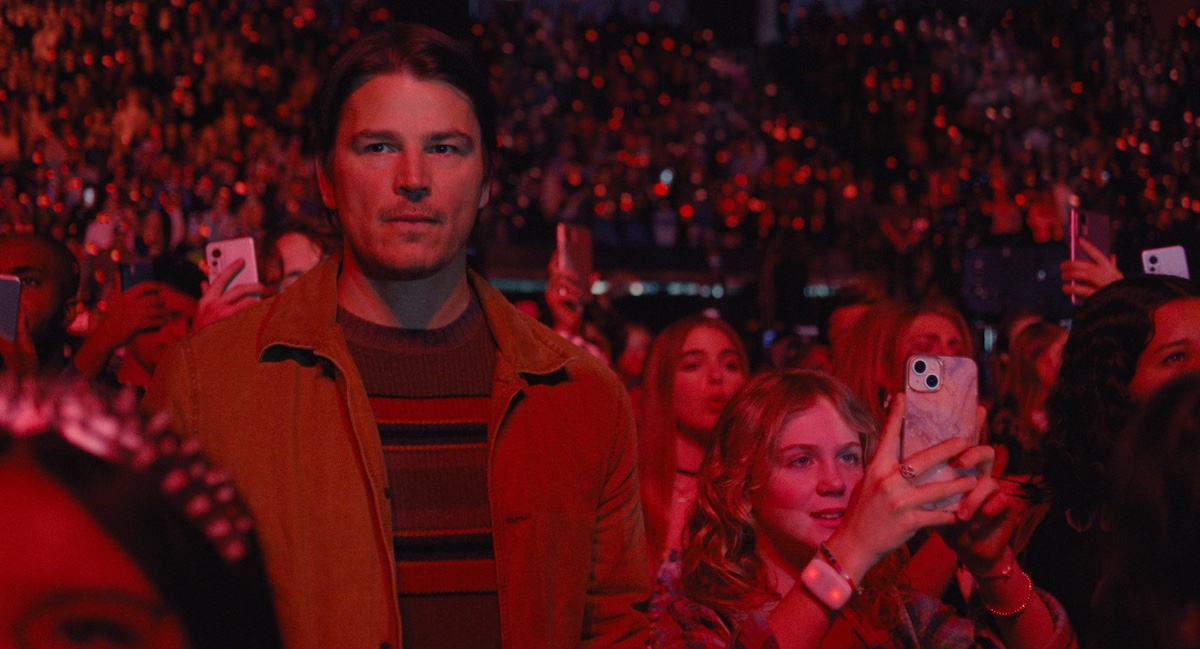

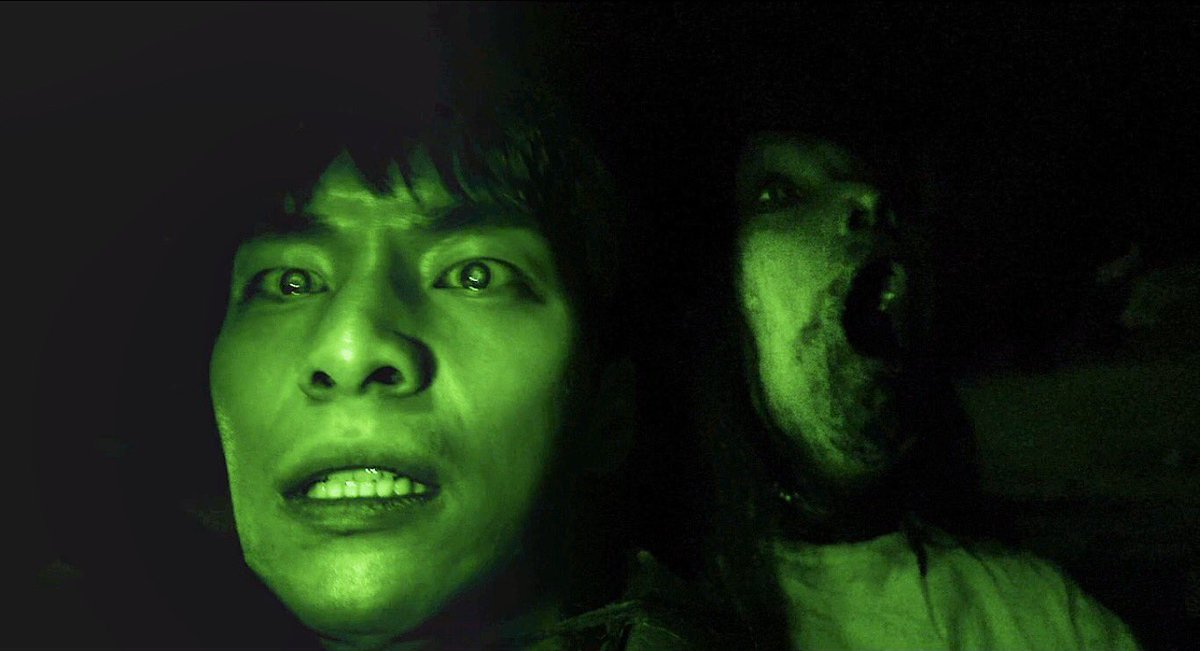
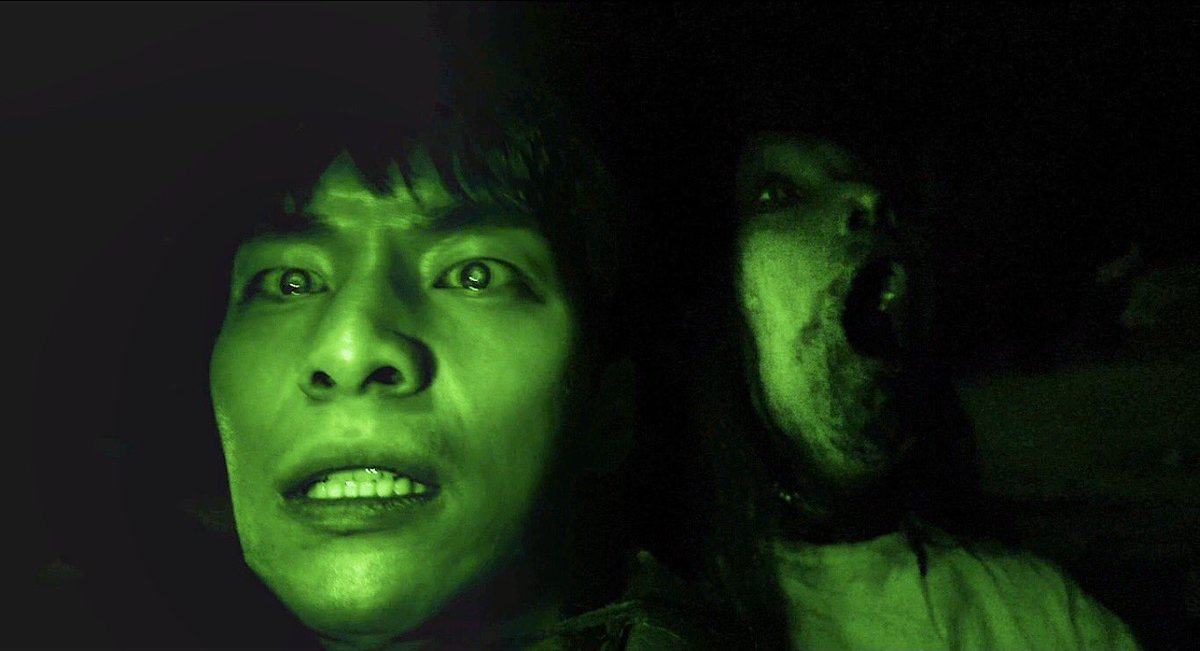
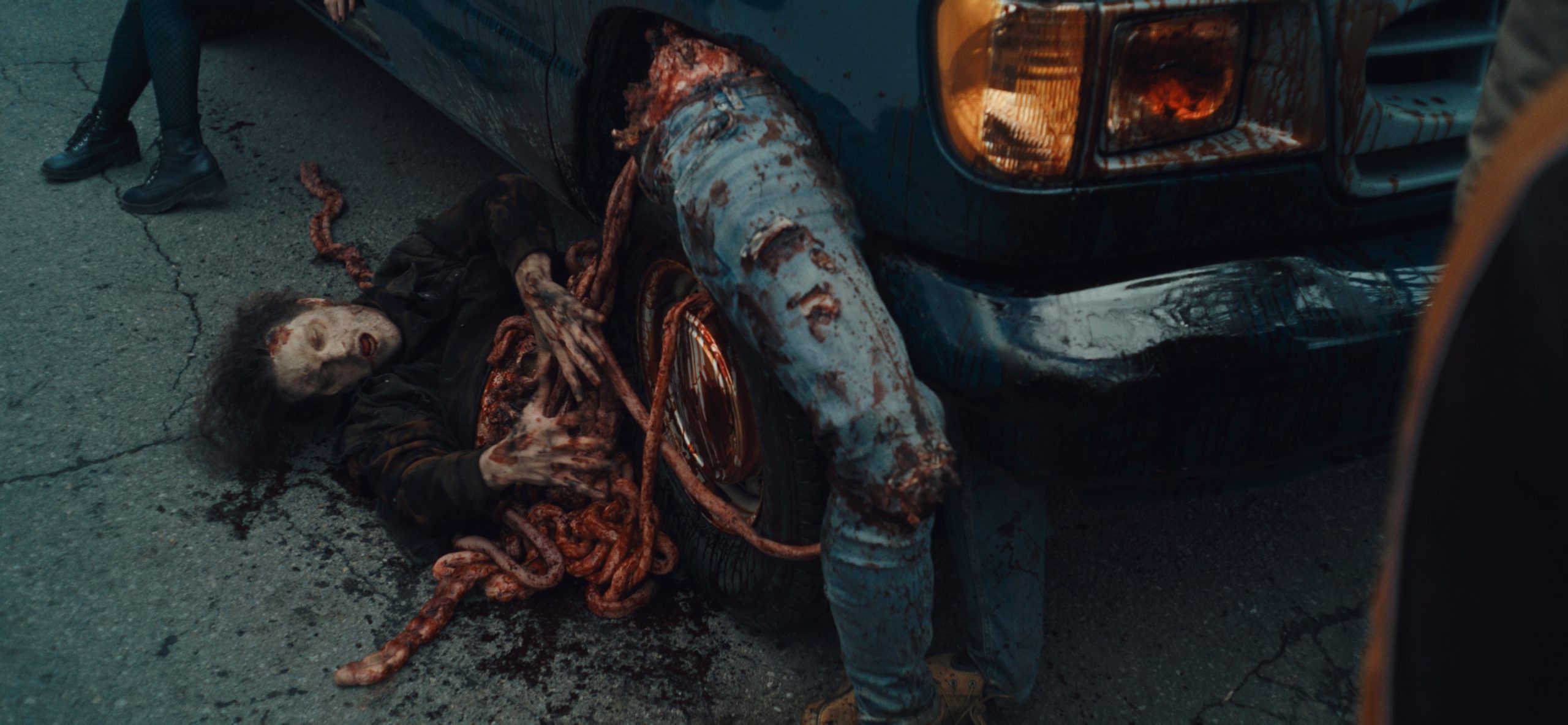
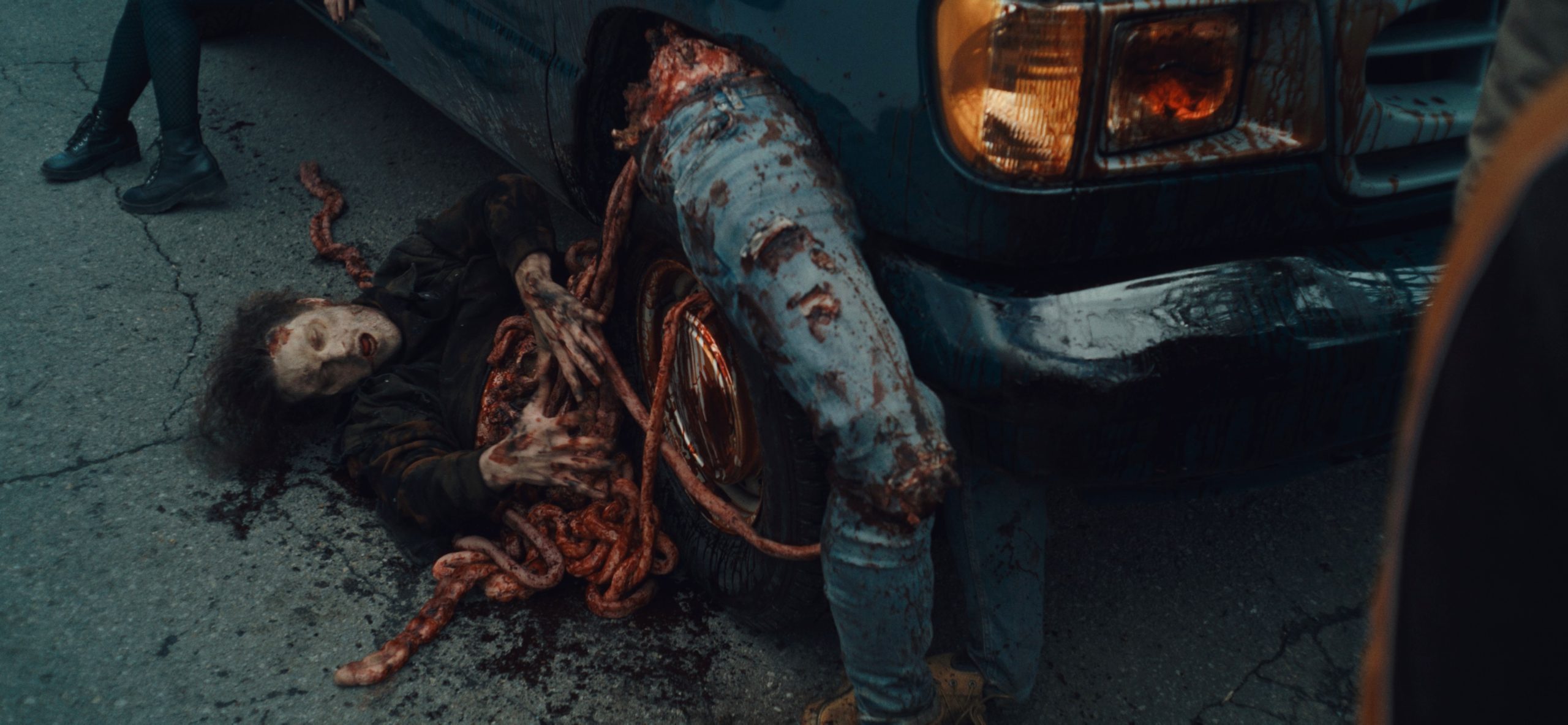


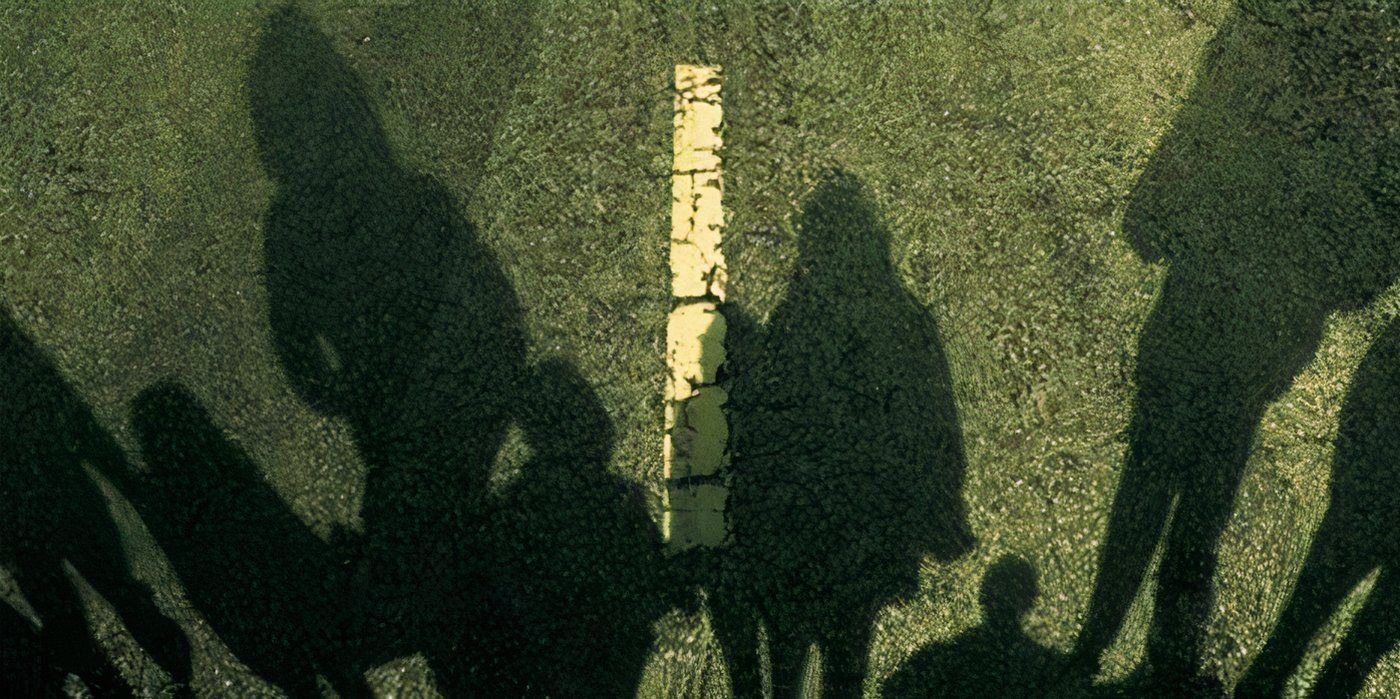



You must be logged in to post a comment.